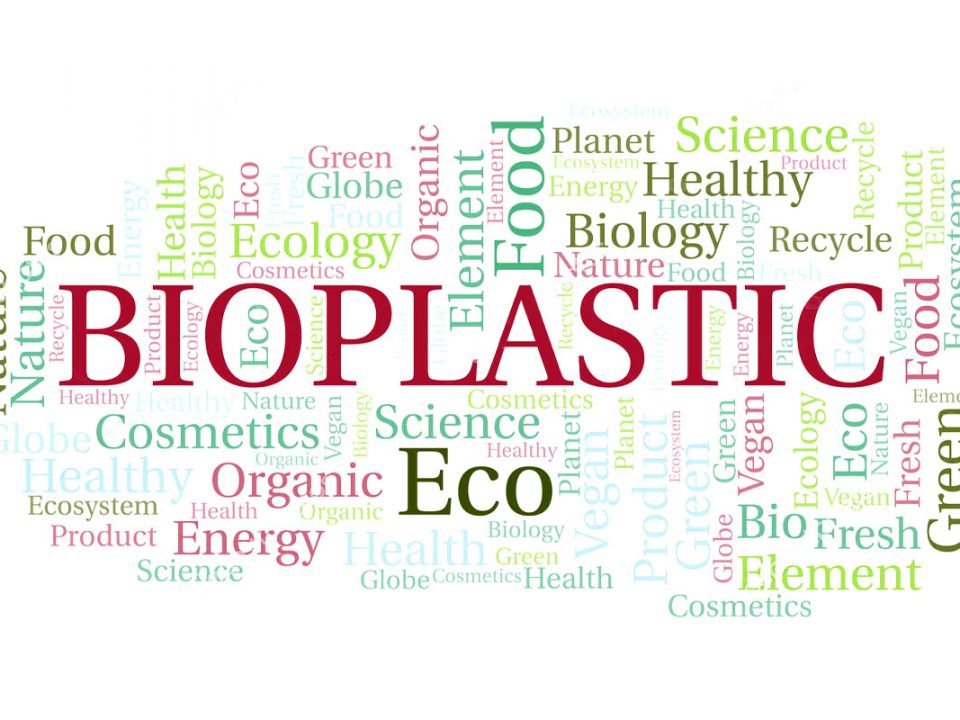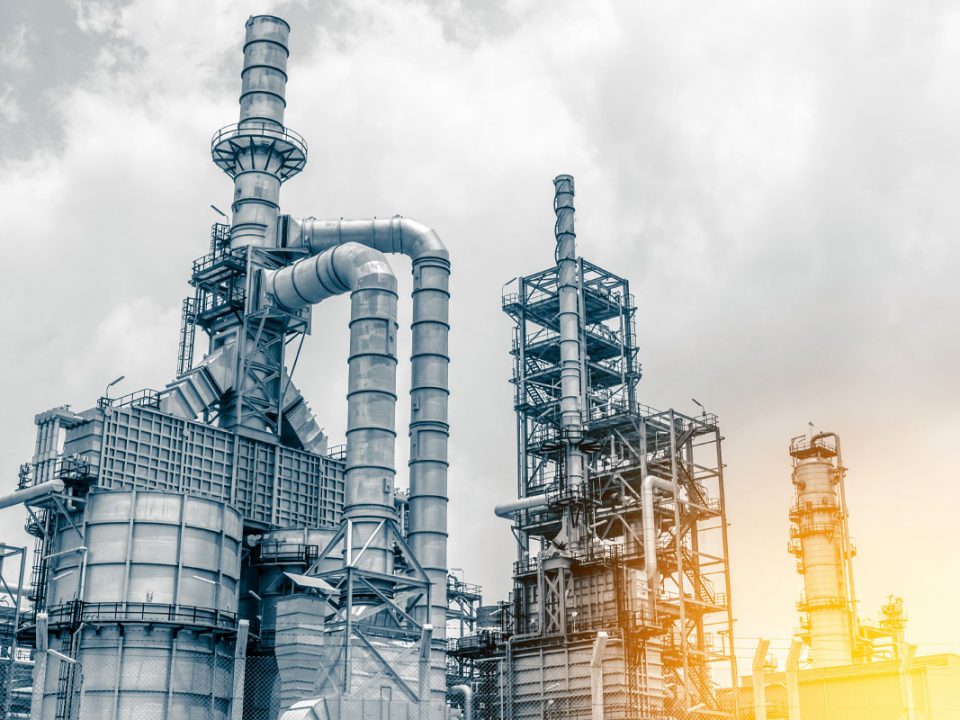How the corona-virus blow is affecting chemicals companies?

5 trends that shook the petrochemical markets
August 21, 2020
Can bioplastics make the chemicals industry greener?
October 28, 2020How the corona-virus blow is affecting chemicals companies?
Coronavirus, supply disruptions, muted demand and the oil price plunge have sent shockwaves across the petrochemical industry. Year-on-year profits have been considerably reduced. So how is the industry handling the blow, and what does it mean for balance sheets, budgets and planned projects?
Profit margins have been squeezed
Coronavirus has stalled economic activity around the world. Consumer expenditure for petrochemical derivatives dropped sharply, narrowing producers’ profit margins considerably. Many companies’ Q1 income took a hard hit. The drop in demand has forced rapid supply adjustments, with utilization rates substantially reduced. In the US, chemical production dropped 5% in April from March. A recent Wood Mackenzie insight explored how coronavirus is reshaping the global olefins industry – including cuts in operating rates in the face of an oversupplied market. And as the pandemic story is still unfolding, ‘new normal’ demand levels are yet to be defined.
Chemical producers responded with capex cuts
As Q1 profit margins fell, chemical producers quickly adjusted by minimizing operating expenses and substantially decreasing 2020 capital expenditures.
Paused projects and partnerships may be a feature of more risk-averse strategies
Capex cuts, reduced operating expenses and declining global demand for chemical derivatives will affect many upcoming petrochemical projects. We’re seeing postponed start-up dates, revised estimated project costs and delayed final investment decisions (FIDs). Some companies are tackling uncertainty by leaning into partnerships and joint venture (JV) activities. LyondellBasell and Bora have signed definitive agreements to form a JV on an ethylene cracker project in China, for example. More recently, CNOOC and Shell signed a cooperation agreement to expand their existing JV in Guangdong province.
Does deeper deterioration lie ahead?
Companies across all chemical value chains are adjusting to the impact of coronavirus on balance sheets and operations. And while the worst of the pandemic may be behind us, the full extent of the damage to the industry remains to be seen. We do expect to see a deeper deterioration in Q2 earnings as a result of muted demand.




